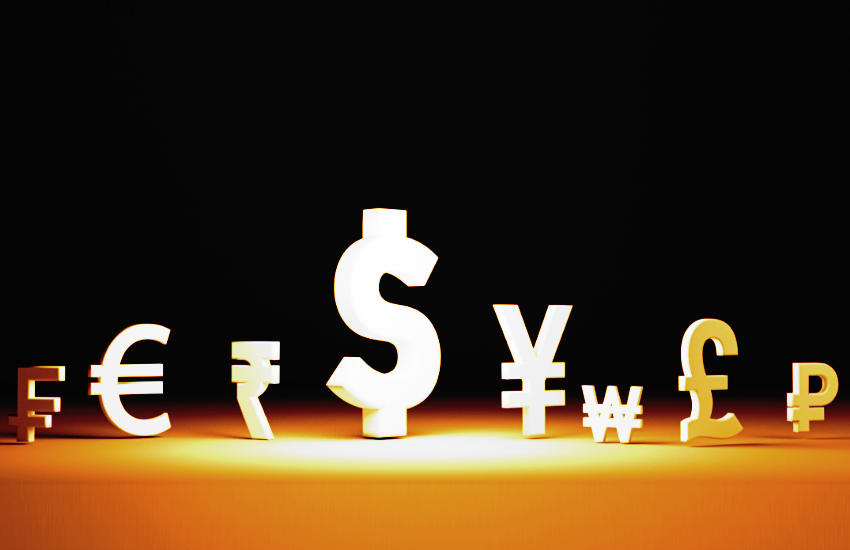G20 report: CBDC for cross border payments highlights challenges
Today the Bank for International Settlements (BIS), the IMF and World Bank published a paper on cross border payments using central bank digital currency (CBDC). The report was prepared for the G20 as part of a program to enhance cross border payments, where CBDC is one of 19 building blocks. Almost every suggestion in the paper comes with a caveat, leaving the message that CBDC will not be a silver bullet to address the frictions in cross border payments.
The problem statement is quickly dispensed with. Cross border payments involve high costs, low speed, limited access and insufficient transparency. Why these are such significant issues is taken for granted. And the answers to the ‘why’ question underline the reasons CBDC might not be the best tool, apart from regional applications.
What’s the problem CBDC is trying to solve?
A brief digression from the report: As a lay person, the underlying causes appear to be straightforward. There are too many intermediaries (correspondent banking), which adds to cost and delay and creates the transparency issue because payments have multiple hops.
Secondly, anti-money laundering is a major friction in the process that obstructs a massive number of law-abiding citizens, while criminals seem to find it a mere inconvenience and circumvent it. Central bankers see statistics, but it’s a big deal when individuals or small businesses have money frozen. With globalization, this happens with increasing frequency. The topic of AML is covered in the paper, and it looks far from being resolved.
Thirdly, those that pay the most for payments are the ones that can afford it the least. Examples include offshore workers sending remittances home or remittances between third world countries. This is most acute between regions where there’s not a huge volume of transfers.
These points are also dealt with by other G20 building blocks, but it’s important to see the big picture because the CBDC paper presents more challenges than solutions.
Cross border CBDC needs to be interoperable
Simplistically the intermediary problem should be solvable with CBDC because the money is the message, in contrast to payments today. We think of digital currencies as person-to-person. Just make a transfer from one wallet to another, and you’re done. But in practice, it’s much more complex when multiple fiat currencies are involved.
A key issue raised in some cross border CBDC projects is that today most central banks only provide accounts to local banks. That’s the reason there are currently so many payment intermediaries. Without each country changing that policy and providing direct access to foreign payment providers, the benefits of CBDC seem hard to achieve. And a change like that won’t happen in the near term.
The paper explores three routes of interlinking CBDC systems for cross border, outlined by the BIS more than a year ago. These are:
make digital currencies compatible using common standards
interlink separate CBDCs either bilaterally or hub and spoke
create a single cross border CBDC platform.
But as the report states, there’s no “one size fits all”. Compatibility is the cheapest but not so efficient.
“Overall, interlinking of CBDC systems through a hub and spoke or single system might bring more improvement to the cross-border payments market than compatibility or single access points, and the same holds for direct access models compared to closed or indirect access,” says the report.
But the problem is these are challenging to implement as already highlighted for direct access. The governance issues alone would be a considerable hurdle for hub and spoke or single systems.
Which means these solutions are more likely where there are strong motivations, such as in regions with large trade volumes or between countries with similar CBDC designs. Coming back to the big picture, what about the person who can least afford the cross border payment fees? Their payment challenge is unlikely to be addressed by these examples.
Cross border CBDC benefits?
Despite the challenges, the paper highlights some of the potential benefits.
CBDC is seen as a clean slate. A fresh start if you like. That appears to be the strongest one.
Because CBDC is a liability of a central bank, not a commercial bank, it improves the safety of payments.
As an alternative payment method CBDC is seen as providing diversity and resilience. But the flip side of that is fragmentation.
What if they don’t pull it off?
A quick read of the paper gives the impression of a cross border CBDC being a major opportunity. But to achieve its potential, there would need to be a massive willingness to both collaborate and change the status quo, which leaves more questions than answers.
If central banks don’t resolve the CBDC challenges, the problem will get solved in others ways. Some countries are addressing the remittance issue with bilateral agreements such as between Malaysia and Cambodia. A handful of countries with strong CBDCs and economies might use their own CBDC regionally. Stablecoins could end up getting traction for everyday payments across borders. Both of these raise dollarization issues. And BigTech can ride to the rescue.
Given some of these options might appear unpalatable, legislation or regulation might block them as it did with Diem. But consumers know what’s possible. And you can only hold back the tide for so long.
https://www.ledgerinsights.com/g20-cbdc-for-cross-border-payments-challenges/




























